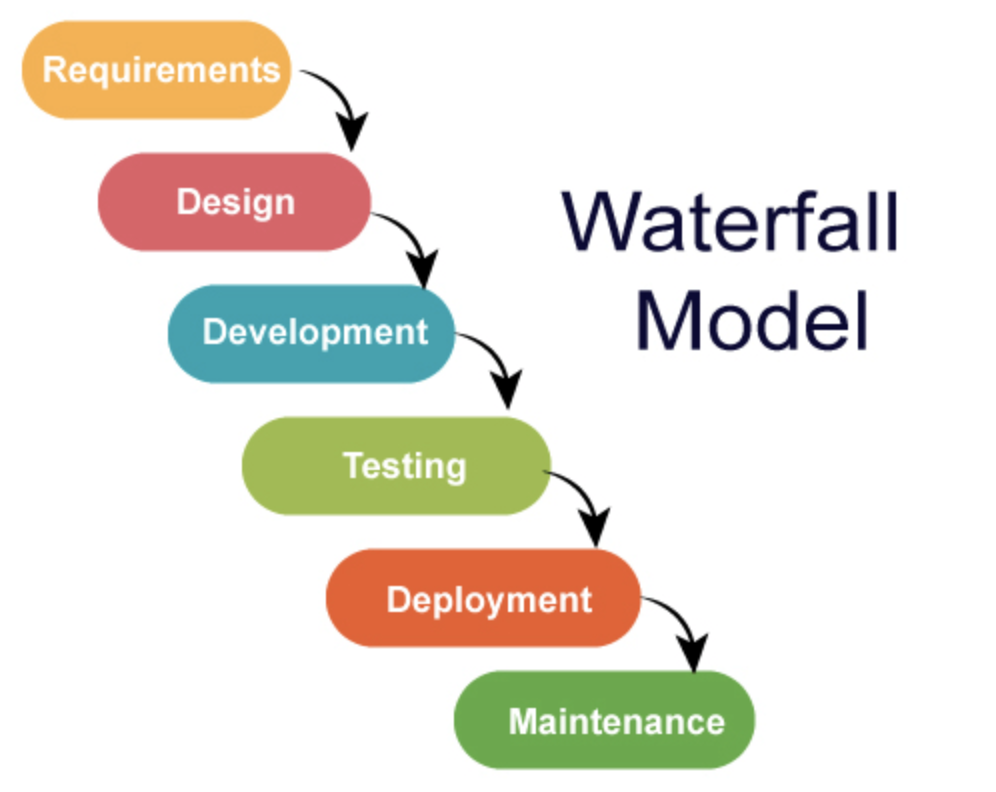The Waterfall model is a linear sequential model for software development that involves a series of stages, including requirements gathering, design, implementation, testing, and maintenance. Each stage of the Waterfall model must be completed before the next stage can begin, and once a stage is complete, the work performed in that stage is considered to be final and cannot be changed.
Here is a brief overview of each stage in the Waterfall model:
- Requirements gathering: In this stage, the requirements for the software system are gathered and documented. This stage is critical for ensuring that the software system meets the needs of the customer.
- Design: In this stage, the software design is created, including the architecture, system components, and interfaces.
- Implementation: In this stage, the software is coded and tested. This stage also involves debugging and fixing any defects found during testing.
- Testing: In this stage, the software is thoroughly tested to ensure that it meets the requirements and is free of defects.
- Maintenance: In this stage, the software is maintained and updated to fix bugs and address changing requirements.
The Waterfall model is best suited for projects with well-defined and stable requirements. This model is also appropriate for projects that have a clear understanding of the technology involved and the resources required to complete the project.
However, one of the main disadvantages of the Waterfall model is that changes to the software’s requirements or design cannot be made once a stage has been completed, which can lead to a rigid and inflexible development process. Additionally, the Waterfall model may not be well-suited for projects with complex and rapidly changing requirements, as it can be difficult to adapt the software’s design and implementation to accommodate these changes.

